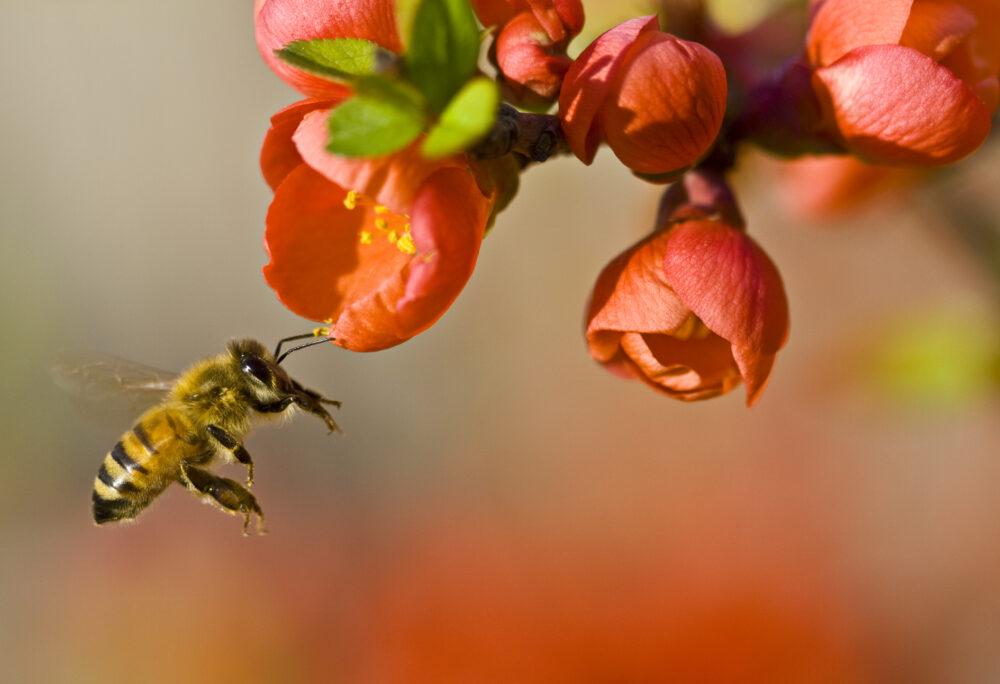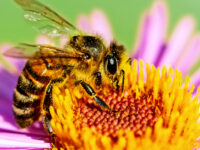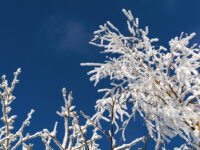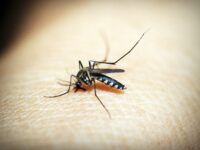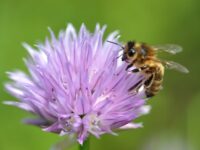The California Floristic Province is a region encompassing the entire coast of California and is known and studied for its incredible biodiversity. This Mediterranean-like ecosystem is home to almost 3,500 different vascular plant species — 61 percent of which cannot be found anywhere in the world. This biodiversity hotspot, along with other hotspot regions around the globe, keeps ecologists wondering how the rare species are able to coexist with the overwhelming frequency of abundant species.
No ecologist has been able to pinpoint the answer to this question, but the primary hypothesis is that plant-pollinator interactions contribute to the phenomenon of thousands of species living in the same region without many of them going extinct.
One distinguished professor from the University of Pittsburgh’s evolutionary ecology department, Tia-Lynn Ashman, has been researching and studying plant-pollinator interactions for many years. In her recent article published in September of 2021, Dr. Ashman analyzes various hypotheses for how pollinators help maintain flowering plant diversity, including pollinator niche partitioning, asymmetric functioning, and other ecological hypotheses.
Pollen plays an essential role in plant reproduction, and therefore, the study of pollen can reveal the basis for this profound species diversity. For every flowering plant, the pollen they receive can be labeled as conspecific pollen (CP) or heterospecific pollen (HP). CP are pollen particles that are specific to that species and hold a greater precedence over HP, which are pollen particles belonging to another species. Pollination fitness is the frequency at which a plant is fertilized, and it is determined for each flowering plant species by the CP per ovule, which is the plant structure that gives rise to female reproductive cells, Therefore, the more CP per ovule, the greater ability the species has to survive and reproduce, indicating a greater pollination fitness.
Rare plants often have more specialized pollinators. Initially, this would seem detrimental, indicating fewer species are available to pollinate. However, this actually allows rare plant species to avoid HP, which can clog the stigmas, or the pollen-receptive surface. Clogged stigmas would reduce the plant’s fitness. Distinct pollinators between rare and abundant species can eliminate this competitive exclusion, a phenomenon that can lead to extinction. This hypothesis is called pollinator niche partitioning, which is one of the main two theories ecologists have agreed upon to explain the maintenance of flowering plant biodiversity.
Alternatively, asymmetric facilitation is believed, in conjunction with pollinator niche partitioning, to maintain this biodiversity. Although the pollinators may be more specialized for rarer species, there still exists some overlap. Importantly, this shared pollinator niche can favor the rare species while hindering the abundant species. Shared pollinators create the issue that CP meant for the abundant species will make its way over to the rarer species. This higher misplacement of the specific pollen particles decreases plant reproduction and fitness level. Meanwhile, the rare species are benefiting — they are receiving more CP because of the presence of shared pollinators than if they were growing without the surrounding abundant species. Thus, despite also having an increase in HP, there is an additional beneficial increase that helps outweigh the negative effects.
Two other less-explored hypotheses include pollinator assurance and numeric assurance. Pollinator assurance is based on flowering plants’ ability to autonomously fertilize themselves, meaning they are hermaphrodites, containing both male and female sex organs. By increasing this ability to self-fertilize, the number of CP per ovule will also increase and thus increase the plants’ fitness. The numeric assurance hypothesis shows that population increase does not increase the plant’s fitness, thus having a larger species population has little to no effect on reproduction. These two hypotheses further explain how these rare populations are able to continue to coexist in the same region through detrimental pollination effects on the abundant species and beneficial pollination effects for the rare plant species.
With each experiment, Dr. Ashman was further able to show how pollinators have a great effect on maintaining the biologic diversity of rare flowering plant species. A combination of the four hypotheses prove how it is our responsibility to ensure that pollinators like bees continue to thrive. According to the Center of Biological Diversity, honeybees have decreased by a staggering 89 percent in just the past 20 years. As this pollinator population continues to rapidly decline, scientists are advocating for help in their protection — without bees and other pollinating insects, many of the rare species will likely go extinct, resulting in the destruction of some of the richest, most important ecosystems in the world.
Sources:
Nature (2021). DOI: 10.1038/s41586-021-03890-9
Image courtesy of Wikimedia Commons
